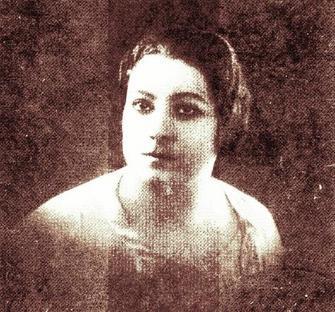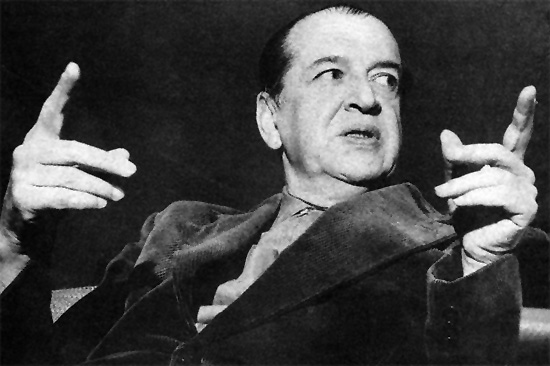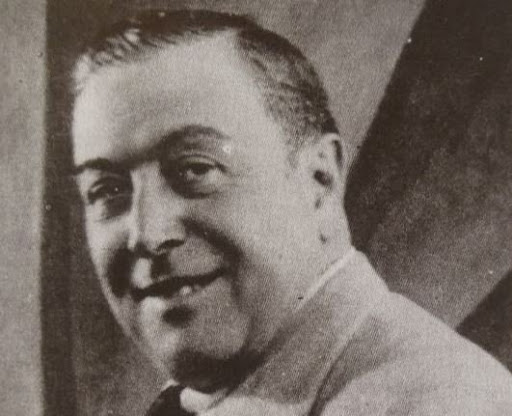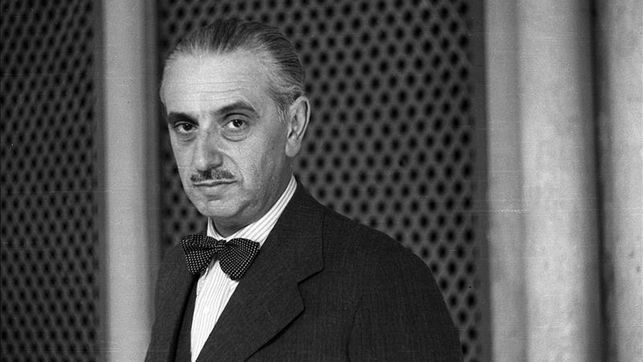Agustina González, nicknamed La Zapatera (The Shoemaker), was a politician, writer and artist from Granada. She was a flamboyant character who was considered by some to be a crackpot for her habits and activities. She came from a wealthy family and traveled through Spain and Italy. She declared herself a feminist and a Catholic.
She wrote “La eskritura futurista” in 1916, where she already used her own language, using a phonetic language that reminds us of writing on cell phones. She entered cafés alone, dressed extravagantly, as a man, and printed her ideas to sell them in her shoe shop. In the early days of the military uprising of 1936 she was shot in Víznar along with two other women.
She had a shoe shop in Mesones Street where Francisco Ayala remembers her offering her Philosophical Papers full of extravagant ideas for the time. At the Café Suizo se also expounded her liberating ideas. She was a well-known and peculiar character in the Granada of the 1920s. In 1928, Agustina González began to publish her series of Booklets, on The Secret Laws. In her International Entero-Humanist Ideological Regulations she aspired, no less, to erase borders, to create the universal currency, the Palace of Everyone, to give shelter to the disinherited of the world, to engrave on a white flag only two words: Food and Peace, to eradicate the famines of the world… She founded the Entero-Humanist party and ran in the elections of 1933 where it seems that she obtained 15 votes. When she was preparing to win the seat, she wrote in a manifesto: “Humanists, socialists, trade unionists, communists, libertarians! Vote for Agustina Gonzalez Lopez, who is running for MP for the constituent Parliament for the forty-nine provinces of Spain and its towns…” Besides being fond of studying, reading and writing, she made drawings that she signed as “Amelia”. She wrote “La eskritura futurista” in 1916, where she already used her own language, using phonetic language that reminds us of writing on cell phones.
She was an independent woman, even financially, although she met with social disapproval. She entered cafés alone, dressed extravagantly, as a man, and printed her ideas to sell them in her shoe shop. She didn’t mind looking like a madwoman. As she herself wrote, the reason was that freedom was not allowed for women. Some doctors tried to cure her “hysteria”.
In the first days of the military uprising of 1936 she was shot in Víznar along with two other women. Days earlier she had been transferred from the prison of Torres Bermejas to the Convent of San Gregorio, which was used as a temporary prison.



